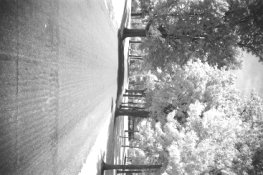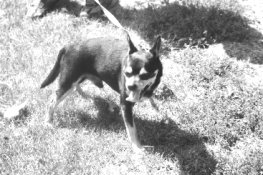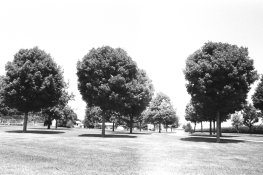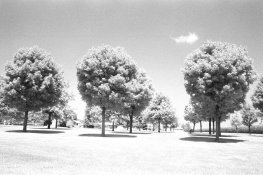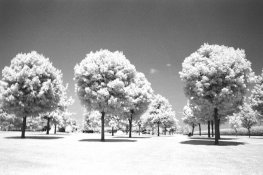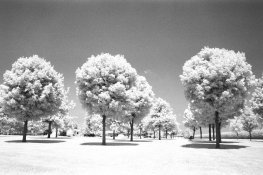ME Super
Member
Got my second roll of Rollei IR400S back from the lab this week. I've been shooting it with one of the inexpensive Chinese filters. The first roll I shot with EIs ranging from 3-12. I wasn't happy with the detail I'd received from the scans or prints, so this roll I shot at EI 25. It doesn't have the halation effect I've seen in photos made with HIE, but I'm pretty happy with the results.
It also does pretty decent as a panchromatic B&W film, though for that I think I'll stick with Ilford's B&W line. The first two photos are shot at EI 25 with the aforementioned IR filter, the others are shot at EI 400 with no filter.
It also does pretty decent as a panchromatic B&W film, though for that I think I'll stick with Ilford's B&W line. The first two photos are shot at EI 25 with the aforementioned IR filter, the others are shot at EI 400 with no filter.








